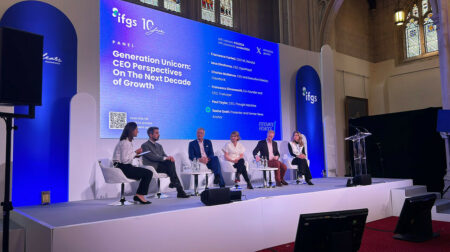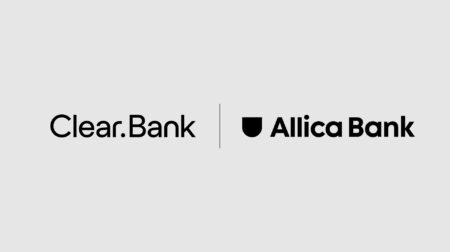How will the new CHAPS messaging upgrade benefit your business?

It isn’t often that a significant change is made to the underlying infrastructure powering UK financial services – you need to go back to 2008 and the introduction of Faster Payments (FPS). However, another milestone was recently passed as the Bank of England’s (BoEs) sterling high-value payment system, The Clearing House Automated Payment System (CHAPS), transitioned to the ISO 20022 standard.
ISO 20022 is a flexible standard for payments messaging that is creating a common language for financial messaging across the globe and, as a result, is supporting improved interoperability between financial institutions, market infrastructures and other participants.
CHAPS is the longest-standing payment scheme in the UK. It is considered the most reliable scheme because it’s based on Real-Time Gross Settlement (RTGS). This means that money moves from one account to another on a near real-time basis, subject to checks and controls imposed by the banks in the payment chain. The settlement risk involved in a CHAPS payment is significantly reduced because there’s no period where the money is suspended as a liability between the two accounts.
The upgrade of CHAPS to the global ISO 20022 messaging standard aims to enhance resilience and promote innovation. It also aligns the UK with international payment system harmonisation efforts, with over 70 countries already adopting the standard.
Upgrading CHAPS is a significant development and critical in the ongoing delivery of efficient high-value payments.
As part of our continued support of the RTGS Renewal Programme, ClearBank has built a new strategic architecture to support the transition - rather than a translation layer around existing systems - delivering API-based functionality that supports and leverages the enhanced data now available in CHAPS messages using the new ISO 20022 format.
With the new ISO 20022 payment messages offering the richer XML-based capabilities of the SWIFT MX format, the BoE has introduced additional payment message fields within CHAPS containing the following:
- Purpose code: 4 letter codes indicating the reason a payment is being made.
- Legal Entity Identifier (LEI): 20-character, alpha-numeric code based on global standards to uniquely identify a legally distinct entity that is party to a financial transaction.
- Remittance data: Up to 999 occurrences of a maximum of 280 characters, including tags and business data.
- Structured addresses: only structured address fields are permitted with no MT equivalent, I.e., ultimate debtor/creditor.
- Extended character set that aligns to the cross-border payments and reporting (CBPR+) and High Value Payments Systems (HVPS) standards, including new permissible characters: !#$%&'*+-/=?^_`{|}~ "(),:;<>@[\]
The introduction of an enriched messaging standard in ISO 20022 will deliver some significant benefits. On a functional level, it can adapt more easily than current messaging standards, making it more responsive to any future changes in the economy, emerging technologies and innovation.
Other important benefits of the upgrade include:
- Enhanced compliance and risk: Richer data delivered through the purpose code will make it easier for businesses to detect fraud and help target financial crime. The LEI will play an important role in supporting improvements in fraud screening and risk reporting.
- Improved operational efficiency and resilience: The purpose code will aid the identification of critical or important payments and, combined with the remittance data, will assist in more efficient reconciliation and back-office processes. In addition, CHAPS users can now initiate returns in a more straightforward manner through the pacs.004 message, which should reduce the pressures on operations teams. Meanwhile, structured addresses and the expanded character set will support reduced processing time and cost of transactions.
- Greater analytical capabilities: Richer contextual and market intelligence data providing opportunities for creating additional value for end users. The remittance data supports more effective integration of payments information into purchasing and analytical systems.
- Better customer experience: More and enriched transaction data will improve straight-through processing rates, resulting in fewer failed payments and less manual intervention being required.
ClearBank has been developing updates to its systems to the new RTGS standards and moved to the latest version on the weekend of the switchover, 19 June 2023. We believe it is in every market participant's interest to take advantage of the update to fully utilise the benefits outlined above.
To find out more, visit our Developer Portal. If you’re a ClearBank client and want to find a more detailed technical breakdown of the ISO 20022 changes and support documentation, log into our Client Portal.
Authored by Vanessa Gover, Senior Product Manager at ClearBank


